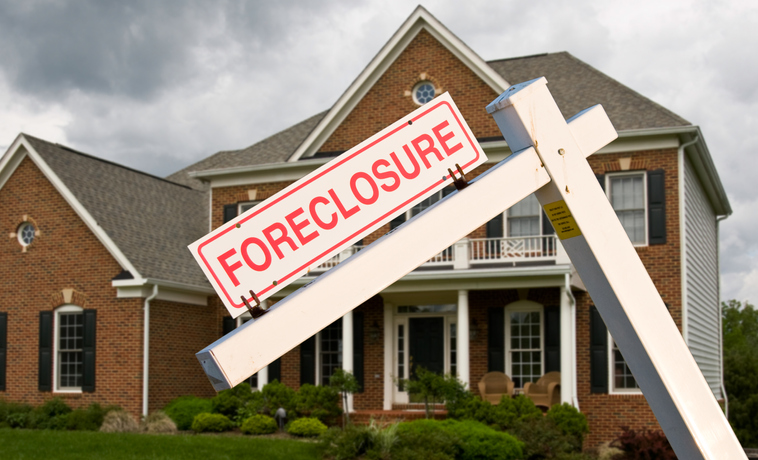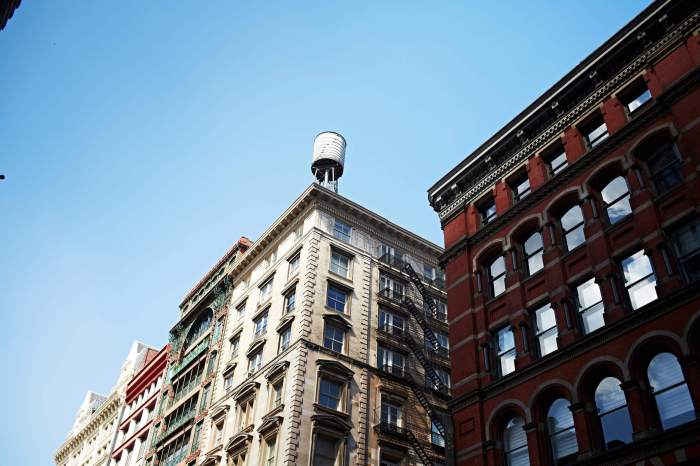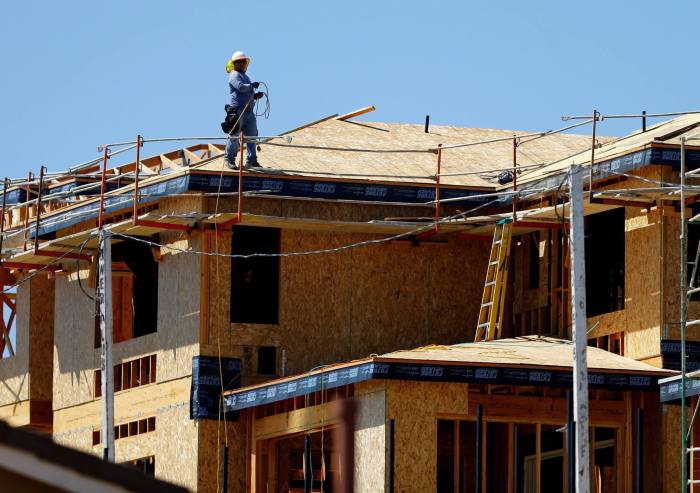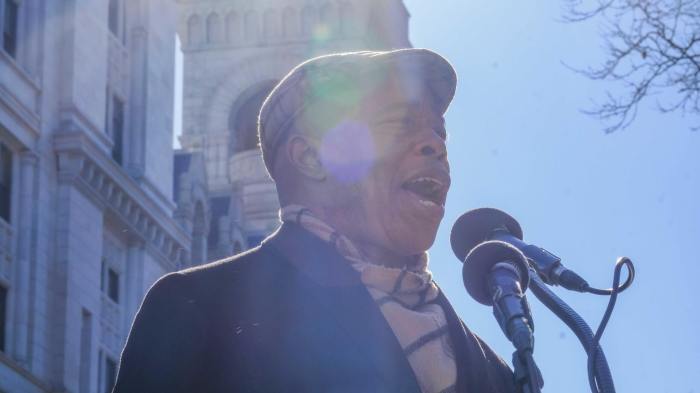Less than six months after Governor Kathy Hochul let the COVID-19 emergency eviction moratorium expire on Jan 15, many New Yorkers are struggling to maintain their housing – with foreclosure rates climbing slowly to pre-pandemic levels.
Real Estate company PropertyShark released a report July 11, indicating how certain NYC neighborhoods are faring in the face of home foreclosures.
However, according to a statement by PropertyShark, “with 143% more foreclosures than in Q1 2022 – NYC foreclosure activity is still far from reaching pre-pandemic levels. There have been almost 200 foreclosures in Q2, far fewer than in Q1 2020 — the last full quarter of foreclosure activity in NYC before the moratorium was passed.”
Some of PropertyShark’s key takeaways from their findings were NYC first-time foreclosures surged 146% quarter-over-quarter, fueled by Queens case increase, Manhattan foreclosures dropped 69% compared to Q2 2019, to a total of just 8 first-time filings, Brooklyn totaled 93% fewer foreclosures in Q2 2022 than in Q2 2019.
“So far, there are no clear indications in our data and analyses that would give a clear reason of why some areas are more affected than others, especially considering that foreclosure activity has just returned in the last few months,” said PropertyShark representative Marriane Moraru to amNew York on July 12. “For example, in Q1, Manhattan, Brooklyn and the Bronx had more foreclosures than in Q2.”
When looking at historic data from the past few years (2016 and onwards), Manhattan generally had the lowest number of foreclosures, followed by Staten Island and the Bronx interchanging as the borough with the second- and third-lowest foreclosure volume. Similarly, Queens tended to have the highest number of foreclosures and Brooklyn the second highest.
According to the data released by PropertyShark, foreclosures Queens surged 300% quarter-over-quarter, reaching 124 cases, Staten Island recorded 50 new first-time foreclosures after two years of non-existent activity, while the Bronx hadn’t registered any new foreclosures in the second quarter of 2022.
Manhattan foreclosures dropped to just eight first-time filings, while Brooklyn logged the highest number of pre-foreclosures with 508.
However, foreclosure attorney Jacob Inwald and Director of Communications at Legal Services NYC, Seth Hoy expressed some apprehension at the results concluded by PropertyShark.
“I have some skepticism and I don’t know exactly where or what data they used to collect this information, and some of it doesn’t look quite right to me,” said Inwald to amNew York on July 12. “There was absolutely nothing shocking about those patterns, other than the fact that some of those patterns don’t look right to me at all. I know for a fact that there’s a lot of [foreclosure] filing in the Bronx.”
However Inwald wasn’t exactly caught off guard by the information regarding the state of NYC housing.
“But the overall picture is nothing at all surprising or newsworthy with the fact that the [foreclosure rate] numbers in 2019 were drastically different than the numbers that we are seeing in the first half of 2022,” Inwald said. “We have had legal impediments to commence the foreclosure case in place for most of the two-and-a-half years.”
PropertyShark representative Moraru suggested that when evaluating data, one must keep in mind the different types of dwellings in each borough which could influence the number of foreclosures.
“A significant aspect to keep in mind is the breakdown of housing type in each borough and how that influences the number of foreclosures in each borough,” said Moraru. “For example, with Queens so heavily tilted towards single-family housing, it follows that it will be the setting for a higher number of foreclosure cases than, say, the Bronx, where rental apartments make up a large percentage of the borough’s housing stock.”
Inwald also commented on his belief that foreclosures disproportionately impact families and individuals of color – particularly Black and Brown individuals.
“There’s nothing unusual about the fact that certain communities experience these things disproportionately, and this has a long historical record,” said Inwald. “If you back to the early years of the foreclosure crisis – going back to 2007 on – those same communities disproportionately bore the brunt of the foreclosure crisis. A) because they were more likely to suffer the impacts of the recessions and job losses – and most importantly, these were the communities that were historically redlined in the 1930s and were unable to access homeownership in the first place. These were the communities targeted for predatory, toxic lending … that were designed to lead to foreclosures.”



































